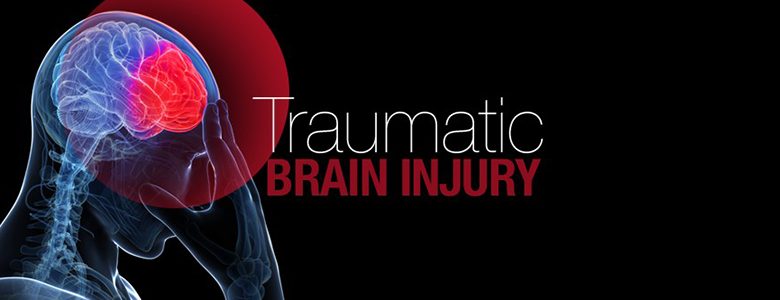
Victims of TBI fight for education and awareness
There are any number of accidents and injuries that can result in the victim being considered disabled and not all of them are visible to the naked eye. As many of the clients of The Disability Guys know, there can be a lack of understanding and compassion for those that have suffered a Traumatic Brain Injury (TBI), simply because people cannot see the injury.
Why victims feel many are apathetic
Time and time again, despite attempts to explain their condition and how it impacts their day to day lives, the victims of TBI hear comments like “You look fine” or “Maybe you should just try harder.” It is this lack of understanding that makes it so important for educational programs to be created, educating the general public on the causes, symptoms, and treatments of TBI.
Why educating the public is important
In addition to encouraging everyone to take safety precautions, it is important that the general public understands that even though a disability may not be visible, it doesn’t mean that pain and suffering aren’t present, or that the individual doesn’t need assistance. The Brain Injury Association of America has taken steps to not only assist those who are living with a brain injury but also to bring awareness to the general public about:
Concussions
Concussions are the most common form of TBI and can occur with both open and closed head injuries. Many believe that concussions are mild and that patients will heal within a few days, however, it can actually take a few months to a few years for the condition to resolve, and patients may experience side effects for the rest of their lives.
Contusions
A contusion is bleeding on the brain caused by a blow to the head. If large enough, brain surgery may be required to remove the contusion.
Recurrent Traumatic Brain Injury
This condition is also sometimes called “Second Impact Syndrome” and occurs when someone who is already suffering from a TBI sustains a second one.
Hypoxic Brain Injury
When the brain receives some but not enough oxygen, this can cause a hypoxic brain injury. A Hypoxic Ischemic Brain Injury occurs when there is enough oxygen, however, blood flow to the brain is cut off.
Anoxic Brain Injury
This is when damage is done to the brain because it does not receive oxygen at all.
Symptoms of any of these injuries may include:
- Chronic headaches
- Difficulty balancing
- Memory problems
- Depression
- Anxiety
- Sudden changes in mood
- Nausea
- A sensitivity to noise or light
- Insomnia
- Fatigue
Even if a patient does fully heal, the rehabilitation needed to get to that point can take years of hard, exhausting work and can financially drain the patient as well as their loved ones, adding more stress to an already difficult situation.
Support groups work hard to grow awareness about TBI
Groups like Brain Line have created platforms through which those suffering from TBI can express the things they wish others knew about living with the condition. In a post called “10 Things People with a Brain Injury Would Like To Hear…”, members of the group reported that simple phrases like “I’m sorry, how can I help you?” and “Where can I learn more about your condition?” made them feel like their struggles were being acknowledged.
Patients are often surprised to find that local support groups exist in their area. Groups frequently include not just those living with TBI but also their caregivers, who often find they experience a lack of compassion towards what their loved one is going through. Hopefully, through continual outreach and education, this attitude will change.